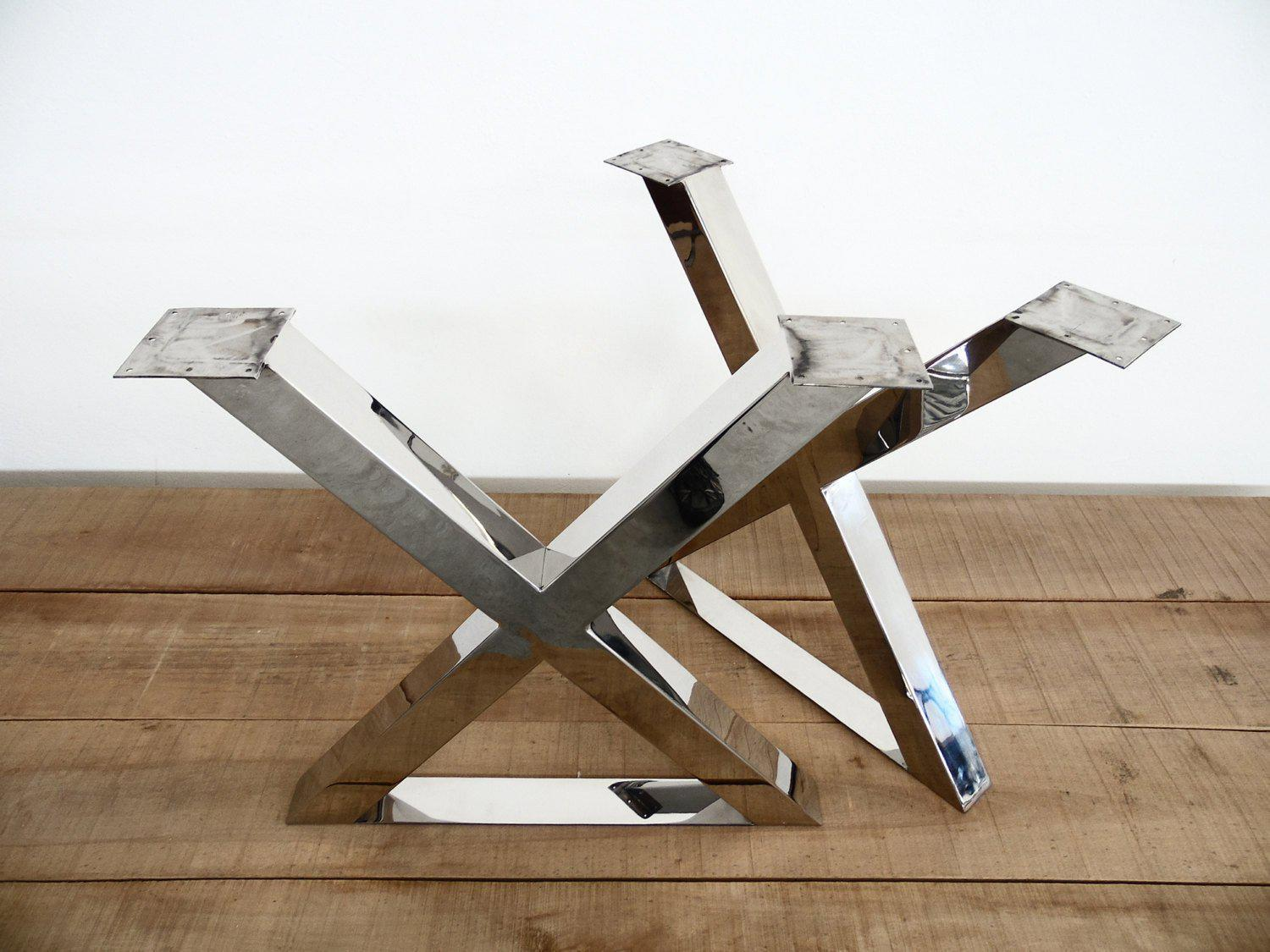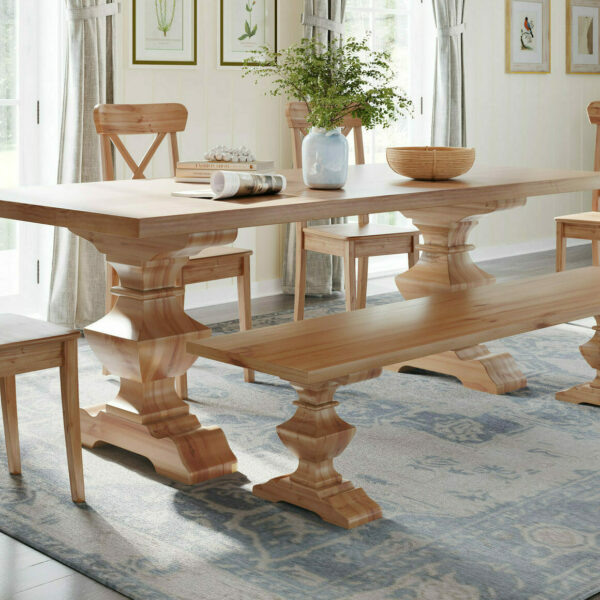How to Maintain and Care for Your Dining Room Table Legs
How to Maintain and Care for Your Dining Room Table Legs
Blog Article
From Traditional to Modern: Discover the Ideal Dining-room Table Legs for Your Style
While classic styles such as cabriole and transformed legs evoke a feeling of classic elegance, modern styles like barrette and geometric choices present a possibility for striking visual rate of interest. As you take into consideration these elements, the concern remains: exactly how can you flawlessly integrate these diverse leg designs to create a harmonious dining experience?
Recognizing Table Leg Styles
The variety of dining room table leg styles can significantly influence both the aesthetic appeals and performance of the area. Each leg design contributes distinct visual aspects and useful functions, dealing with varied layout choices and use demands. Comprehending these styles is essential for choosing the best dining table that straightens with your total indoor style vision.
For instance, conical legs use a clean, classic appearance that can boost a space's beauty, while pedestal bases give security and make best use of legroom, making them excellent for smaller spaces. Hairpin legs, a hallmark of mid-century modern design, present an industrial panache, permitting a ventilated, open feel. Trestle legs evoke rustic beauty, offering durable support and a sense of eternity.
Furthermore, the option of products plays a substantial function. Wood legs can bring heat and appearance, whereas steel choices often communicate a sleek, contemporary ambiance. Ultimately, comprehending table leg styles is vital for producing a cohesive eating area that reflects personal style while ensuring usefulness and convenience. By thoughtfully considering these aspects, you can boost both the practical and aesthetic charm of your eating space.
Standard Table Leg Options
When selecting dining-room table legs, typical choices frequently symbolize classic style and craftsmanship. These designs show a rich heritage and a commitment to high quality, making them ideal for those that appreciate classic aesthetic appeals.
Among one of the most legendary typical leg designs is the cabriole leg, defined by its stylish rounded form. This style commonly includes ornamental makings and is most typically located in Queen Anne and Chippendale furniture. Another prominent option is the turned leg, which boasts a series of smooth, rounded shapes that provide a classic look while keeping stability.
Moreover, the straight leg, while simple, offers a unadorned and sturdy structure that can blend seamlessly with a range of tabletop designs. For those attracted to ornate describing, claw-and-ball feet legs stimulate a feeling of magnificence and can work as a stunning prime focus in any kind of dining room.
Lastly, pedestal bases, although not strictly legs, provide a different typical choice that permits ample legroom and can be wonderfully carved. Each of these typical leg designs adds to the total atmosphere of a dining-room, marrying function with visual charm.

Modern Table Leg Layouts
Modern table leg designs supply a diverse variety of designs that emphasize tidy lines and ingenious products. These layouts usually prioritize capability while functioning as striking centerpieces within a dining room. Minimalist aesthetics are common, with legs crafted from products such as steel, glass, and engineered timber, which add to a contemporary and airy feeling.
One prominent layout is the hairpin leg, defined by its slim, tapered structure that supplies security without overwhelming the table top (dining room table legs). This style is typically located in mid-century modern furniture and can easily enhance various table forms. An additional pattern is using geometric forms, where legs might handle angular or unbalanced types, including aesthetic rate of interest and a touch of creativity

Blending Styles for Unique Spaces
Often, homeowners look for to develop special dining spaces that reflect their individual design by blending various design components. This technique allows for the unification of varied visual appeals, leading to a harmonious Web Site yet distinctive setting. Matching a rustic wood table with smooth, modern steel legs can produce an eye-catching comparison that elevates the area's general allure.
Furthermore, integrating vintage table legs with modern tabletops can stimulate a sense of background while maintaining a modern-day sensibility. Such mixes not only display individual preference but likewise encourage creative thinking, permitting home owners to curate a room that feels both personal and welcoming.
Shade plays an essential function in this mixing procedure; picking table legs that match or contrast with the existing shade plan can boost visual passion. For example, whitewashed legs can soften the boldness of a dark table surface area, producing a well balanced aesthetic.
Tips for Choosing the Right Legs
Choosing the right table legs is crucial for accomplishing both capability and visual appeal in your dining room. Begin by considering the general design of your space. Conventional setups profit from legs that include intricate carvings or turned styles, while modern rooms may require streamlined, minimalist styles.
Next, evaluate the height and security of the legs. dining room table legs. Typical table vary between 28 to 30 Get More Information inches in height, so guarantee the legs complement this dimension for comfort. Furthermore, durable products, such as wood or steel, can boost security and long life
Review the leg form too-- alternatives consist of straight, tapered, or go to this site stand layouts. Straight legs offer a classic look, while conical legs can include a touch of style. Pedestal bases provide ample legroom and are perfect for smaller spaces.
Conclusion
In summary, picking the ideal dining-room table legs requires cautious factor to consider of both standard and modern-day designs. Conventional choices such as cabriole and turned legs use ageless beauty, while modern designs like barrette and geometric forms offer a contemporary touch. By integrating leg design, height, and material with the total decor, a natural and inviting atmosphere can be attained. Eventually, the chosen table legs need to mirror the preferred aesthetic, boosting the dining experience within the room.
The range of dining area table leg styles can substantially affect both the aesthetics and performance of the space. Inevitably, recognizing table leg styles is essential for producing a natural dining location that reflects personal design while ensuring usefulness and comfort.One of the most famous traditional leg styles is the cabriole leg, identified by its graceful rounded form. Straight legs offer a traditional look, while tapered legs can include a touch of beauty.In recap, picking the perfect eating room table legs needs mindful consideration of both contemporary and standard designs.
Report this page